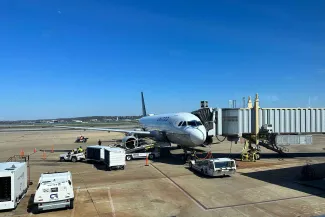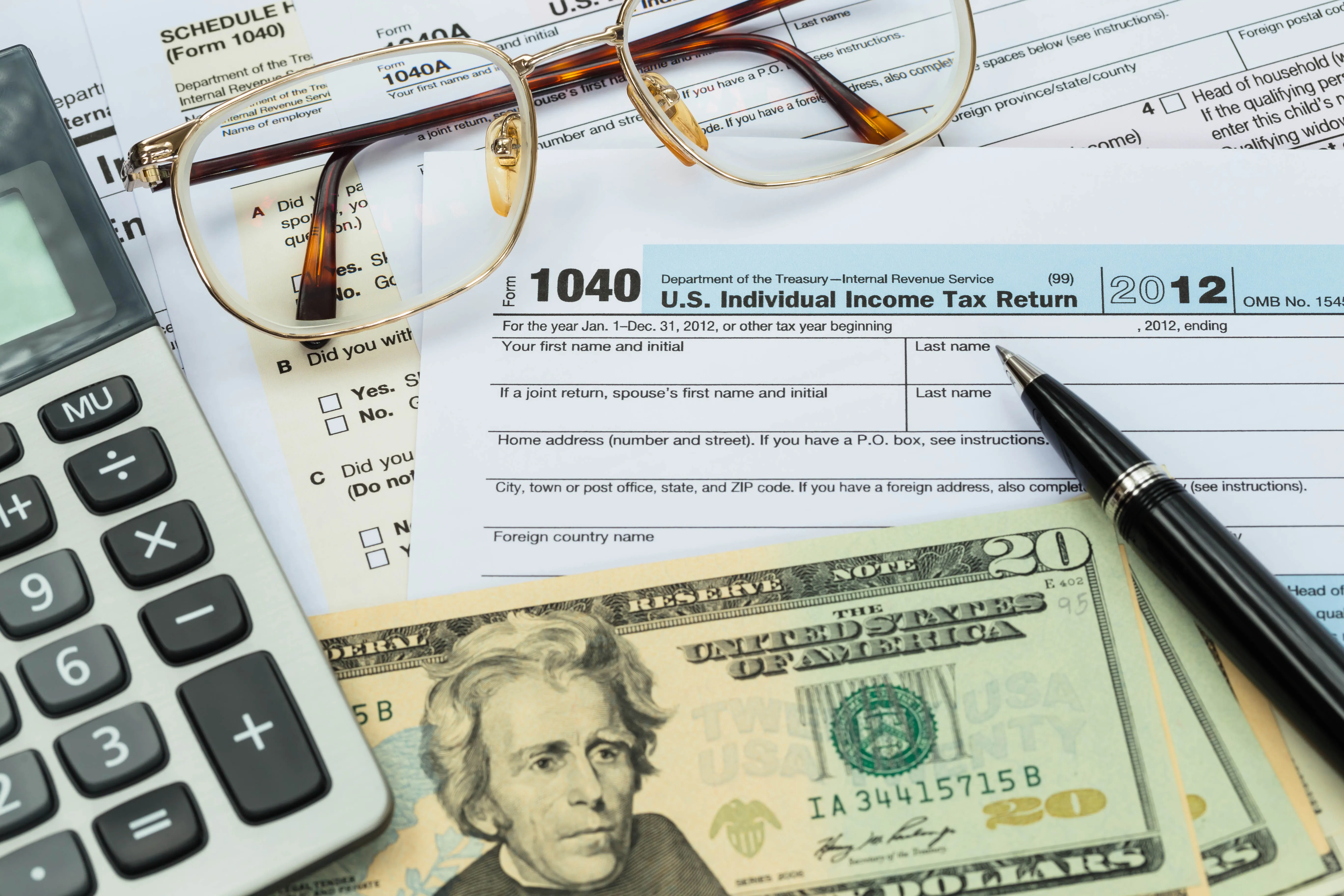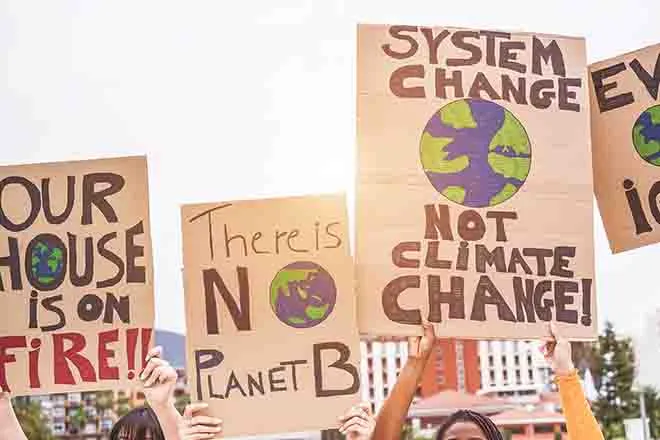
EarthTalk - What’s new in the greening of air travel and the aviation?
© iStock
Dear EarthTalk:
What’s new in the greening of air travel and the aviation?
D.M. Norwalk, CT
Air travel is pretty environmentally unfriendly. In 2018, civil aviation emissions constituted 2.5 percent of global human carbon dioxide (CO2) emissions. Released at high altitudes, these emissions impact the climate two to four times more than ground-level emissions. Consequently, civil aviation accounts for about 3.5 percent of human-induced global warming. Considering that air travel is mostly a leisure activity, not a necessity, this makes it one of the most environmentally harmful leisure activities. Despite calls to reduce air travel, flights are increasing upwards of three percent per year.

© Chris Sorensen
Instead of reducing flights, many companies and aviation organizations are promising net-zero aviation in the coming decades. The International Air Transport Association (IATA) aims for net-zero CO2 emissions by 2050 through eliminating emissions at the source. Central to this plan is a switch from kerosene to Sustainable Aviation Fuel (SAF), which is expected to reduce 65 percent of emissions.
SAF is made from organic waste or synthesized by combining hydrogen with captured CO2. Tests on over 200,000 flights indicate that SAF can reduce lifecycle emissions by up to 80 percent. The first flight using 100 percent SAF was Virgin Atlantic’s flight between London and New York in November 2023. According to Virgin it “demonstrate[d] the capability of SAF as a safe drop-in replacement for fossil-derived jet fuel, compatible with today’s engines, airframes and fuel infrastructure.”
Electric planes are another promising development. Some 200 companies are working on electric aircraft, which offer a 100 percent emission reduction and no climate impact during flights. However, current battery technology limits electric planes to a range of 531 to 621 miles. Large and long-haul electric passenger jets are expected to become viable only around 2040. Hydrogen-powered planes are also emerging. Instead of carbon emissions, these planes emit water vapor during flights. Companies like Airbus and Rolls Royce are developing hydrogen-fueled aircraft, ready for use in 2035. Hydrogen requires significant space, necessitating changes to aircraft design and ground infrastructure.
Green aviation is in its early stages, with no single solution available. For now, people can reduce their travel emissions by opting for cars, buses or trains. Choosing direct flights and fully booked planes also helps. Platforms like Skyscanner offer "greener" travel options by analyzing flight and environmental data. According to the International Council on Clean Transportation, the emissions difference between the most and least efficient airlines can be up to 26 percent.
CONTACTS
- Atmosfair (carbon offset) https://www.atmosfair.de/en/offset/flight/
- IATA Net Zero roadmaps https://www.iata.org/contentassets/8d19e716636a47c184e7221c77563c93/executive-summary---net-zero-roadmaps.pdf
- Skyscanner https://www.skyscanner.net/.
EarthTalk® is produced by Roddy Scheer & Doug Moss for the 501(c)3 nonprofit EarthTalk. See more athttps://emagazine.com. To donate, visit https://earthtalk.org. Send questions to: question@earthtalk.org.

















